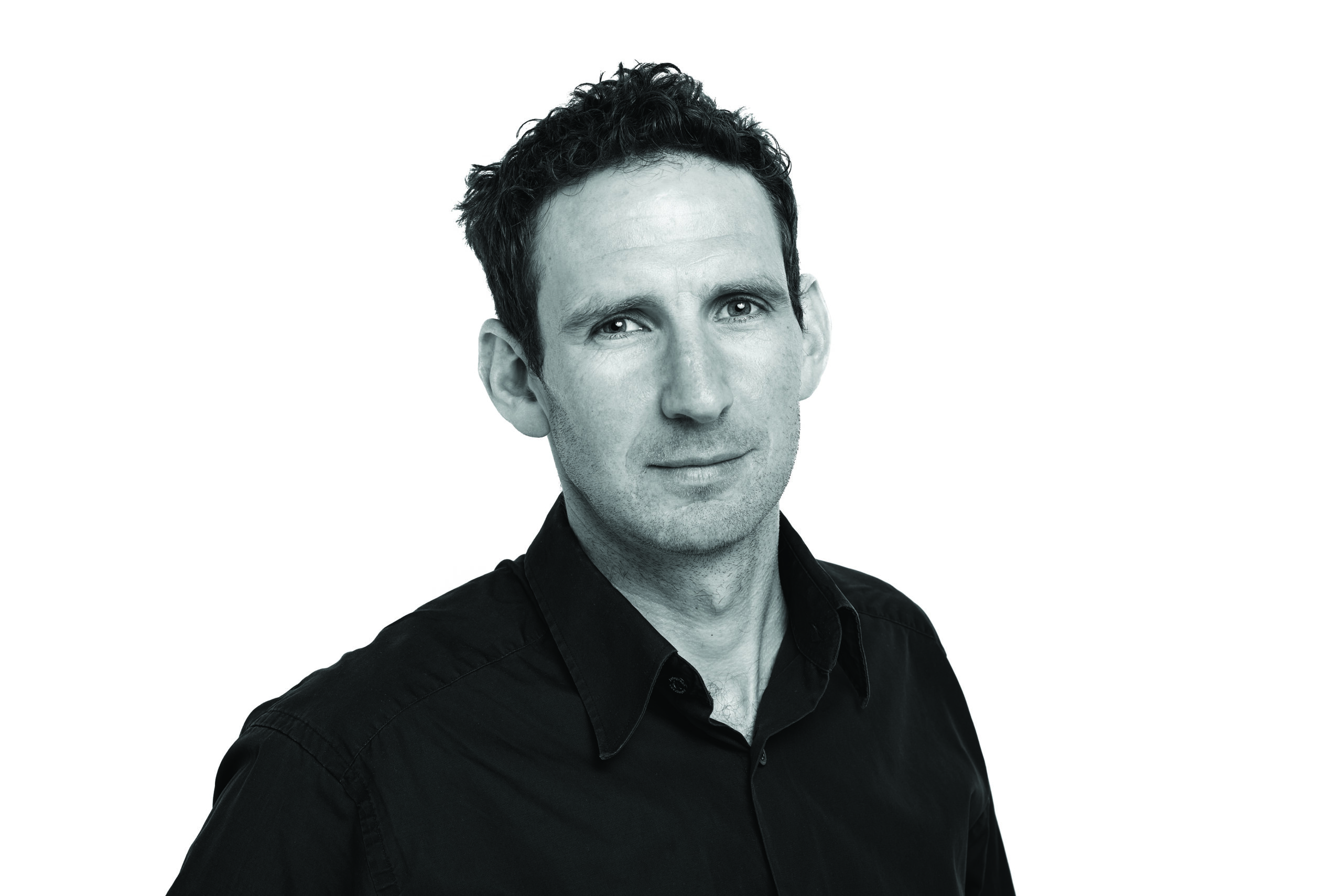If I had to add up the number of words I’ve written about new Ironman world champion Lucy Charles-Barclay in the past few weeks, it would extend beyond 10,000.
From press conference previews to pressing publish on a race report as she crossed the finish line on Ali’i Drive, to dashing to the interview area to grab some emotional reaction, then more reflective interviews and analysis pieces, it’s times like this – witnessing firsthand the unabated joy of a long-held dream accomplished – that it’s a privilege to have a role as a sports writer.
Some of that hopefully exudes from the profile feature in issue 424 [on sale 28 November] where Lucy dissects the approach her team took to land the coveted title after four narrow misses.
Yet behind the victory celebrations there was also one less glamorous aspect that stood out: the switch to indoor training in the build-up to the event.
Lanza out, lounge in
For years, Lucy has been videoed and photographed preparing in her second home of Club La Santa in Lanzarote; the sort of training location we’ve come to associate with being essential if you want to achieve greatness in the sport.
But the idea that it was the home turbo trainer and treadmill that helped deliver the bulk of the work is one that should give all triathletes assurance that perhaps their own training environments aren’t as inadequate as they once feared.
It’s not just the new Ironman world champ. A week post-Hawaii, Ironman California took place where New Zealand-based Brit doctor Dan Plews, a leading sports scientist and endurance coach, finished in 7:56:56 – the fastest age-group Ironman time ever.
Plews had also set the fastest age-group time of 8:24:36 on the Kona course in 2018 – a mark which Charles-Barclay bettered by 5secs as she set a new women’s course record.
That Plews and Charles-Barclay are closely matched athletically isn’t the only parallel – Plews also completes the bulk of his training indoors.
Total motivation and commitment to the cause
With a family to support and business to run, Plews is perhaps more relatable to your regular triathlete, with his choices guided more by time-efficiency than specificity of training intensities that Charles-Barclay was seeking.
But in both cases it shows that rather than staring green-eyed at Instagram as your competitors jet off to warmer climes, a home training set-up can help develop your abilities perhaps far more than we’ve previously been prepared to credit.
The caveat is that motivation and commitment to the cause has to be total, and not just from the athlete, but those supporting their goals. Lucy’s husband Reece had to turn in at 8pm every night so that Lucy could be up at 5am to swim.
Dan’s wife Kate understood his performance goals were for a 12-month period after last being competitive in 2018. Dan is now back to full focus on his family and career.
Time-efficient? Yes. Shortcuts? No. The training environment can be optimised to the nth degree, but the hours still need to be invested.
Plews believes that to reach the highest level of age-group performance that barrier is 20hrs per week; at a professional level Charles-Barclay came close to double that at times. If the ‘where’ isn’t the decisive factor, it’s still the ‘why’ that counts.
Top illustration credit: Dan Seex
